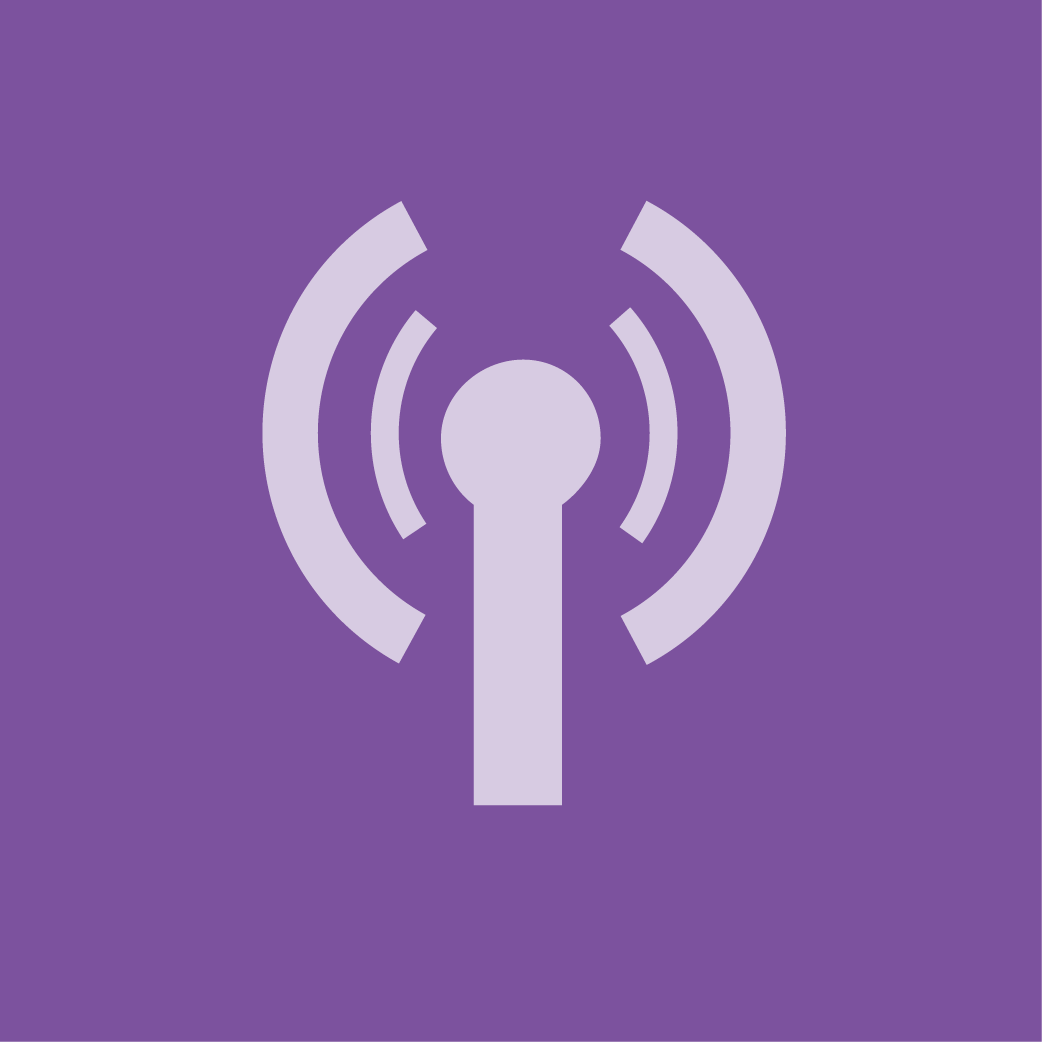Course Pre-requisites”
The candidates attending the course should have knowledge of 3G/WCDMA technology and should have some practical work experience in mobile telecommunication over any technology.
Course Summary
- LTE Introduction
- LTE RF Design Process
- Antenna Considerations and MIMO concepts
- Coverage Planning and Link Budgets (tool-based)
- LTE Inter-working with 2G, 3G
After attending this program, you should be able to :
- Understand the LTE wireless technology
- Explain LTE radio channels in the network
- Prepare link budget on LTE
- Explain radio network planning principles of LTE
- Understand interworking of LTE with 2G and 3G
Course Details
LTE/SAE architecture
- Physical layer
- Layer 2 & 3
- Bearer and UE state handling
- Radio frame for E-UTRA FDD and TDD
- Reference signals and pilots: RS, P-SS, S-SS, DRS, SRS
- PHY channels in the downlink: PBCH, PDCCH, PCFICH, PHICH, PDSCH
- PHY channels in the uplink: PRACH, PUCCH, PUSCH
- Link-level radio interface simulations
LTE RF Design Process
- RF Planning workflow
- Inputs to and targets for the planning process; expected outputs
- Coverage and capacity requirements
- Planning constraints
- Significant differences in planning for GSM and UMTS
Antenna Considerations and MIMO
- Antenna properties – size, gain, beam-width, polarization, front-to-back ratio
- LTE diversity techniques
- Spatial multiplexing, single-user and multi-user MIMO
- Transmission modes and MIMO feedback signaling
Coverage Planning and Link Budgets (tool-based)
- Link budgets, gains and losses
- Role of adaptive modulation and coding scheme
- Requirements for signal-to-noise-and-interference ratio
- (SNIR) and receiver sensitivity
- Thermal noise calculations and interference estimation
- Maximum allowed path loss
- Impact of normal and extended cyclic prefix
- Impact of antenna configuration
- Range determination and site-to-site distance estimation
- Signal level and best server coverage plots
- SNIR and spectrum efficiency coverage plots
- Key measurements: RSSI, RSRP and RSRQ
- Site sharing options
- Improving coverage with the use of repeaters
LTE Inter-working with 2G, 3G
- Roaming
- Inter-working with 3GPP and non-3GPP networks
ENQUIRE ABOUT THIS COURSE





Reviews
There are no reviews yet.